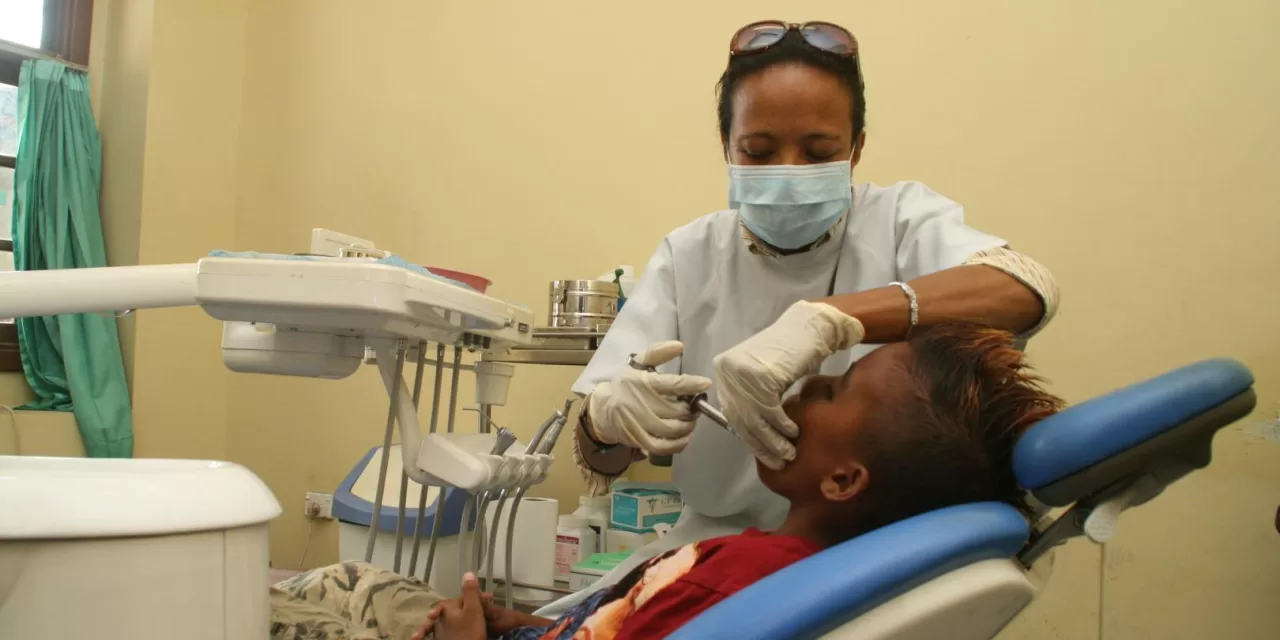A recent study has revealed that everyday bathroom items, such as showerheads and toothbrushes, are home to an astonishing variety of viruses—over 600, to be precise. However, there’s no need for alarm. These viruses don’t pose a direct threat to humans; instead, they infect bacteria, suggesting a fascinating world of microbiological interactions happening in our bathrooms.
The groundbreaking study, led by a team of microbiologists from Northwestern University in the US, used DNA sequencing to examine samples collected from showerheads and toothbrushes. The researchers were astonished to discover that not a single sample was identical to another, meaning each object contained a unique collection of viruses. The study’s findings were published in the journal Frontiers in Microbiomes.
Diverse and Untapped Biodiversity in Bathrooms
“The number of viruses that we found is absolutely wild,” said Erica M. Hartmann, an indoor microbiologist and associate professor of civil and environmental engineering at Northwestern, who spearheaded the study. “We found many viruses that we know very little about and many others that we have never seen before. It’s amazing how much untapped biodiversity is all around us. And you don’t even have to go far to find it; it’s right under our noses.”
What the researchers found were bacteriophages, or “phages”—viruses that infect bacteria. While bacteriophages have been known to science for some time, the vast majority identified in this study had never been observed before.
Phages and Their Potential Role in Medicine
Though their diversity and abundance may seem unsettling, these viruses have drawn attention for their potential therapeutic applications. Bacteriophages are being explored as a possible solution to combat antibiotic-resistant bacterial infections. Among the most intriguing viruses identified in the study were mycobacteriophages, which target Mycobacterium, a group of bacteria known to cause diseases such as tuberculosis, leprosy, and chronic lung infections.
“We could envision taking these mycobacteriophages and using them as a way to clean pathogens out of your plumbing system,” Hartmann said. “We want to look at all the functions these viruses might have and figure out how we can use them.”
No Cause for Concern
Despite the overwhelming presence of viruses, Hartmann assured the public that there’s no need to panic. “Microbes are everywhere, and the vast majority of them will not make us sick,” she said. Instead of resorting to harsh disinfectants, Hartmann suggested simple cleaning methods like soaking showerheads in vinegar or replacing toothbrush heads regularly.
“The more you attack them with disinfectants, the more they are likely to develop resistance or become more difficult to treat. We should all just embrace them.”
This discovery highlights the previously unseen biodiversity in our homes, presenting new opportunities for medical advancements in the fight against harmful bacterial infections. In the meantime, a little regular maintenance of our bathroom fixtures should suffice to keep things in check.











